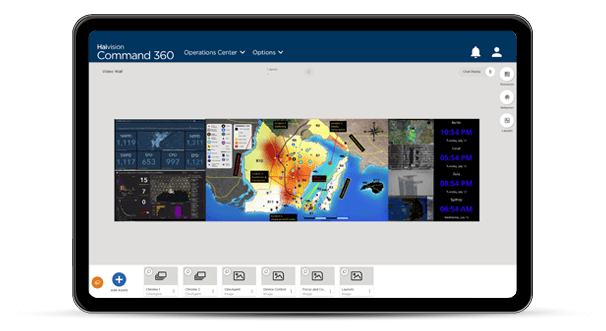Organizations faced dramatic changes in workforce operations resulting from the COVID-19 pandemic in 2020. More people worked remotely than ever before, often in positions previously requiring an on-site presence. Companies that never before entertained remote employment rallied to fortify technical infrastructure and pull together policies and protocols, hoping for the best. Under such uncertain circumstances, employers were pleasantly surprised to see productivity increase. The transition to a large work-from-home force required scalable collaboration, however, and IT departments faced new challenges.
Secure access has always been a primary consideration for remote operations. Firewalls, private networks, server capacity, and VPN usage are key components responsible for protecting data and asset security. A dramatic increase in external access burdens systems, creating bottlenecks across some networks. For example, many collaboration tools like Zoom and Microsoft teams inherently provide enhanced security. While these are attractive tools, they create a significant load increase to the VPN. When possible, organizations must scale their VPN accordingly to handle this increase. Microsoft anticipated the likelihood of customers experiencing insufficient bandwidth and created a rule to prioritize audio quality over video quality.
Agencies relying on video wall technology for standard operations require a powerful platform which can integrate hardware, devices, and software across a secure network without sacrificing performance. Running videoconferencing tools, even on an optimized network, increases the likelihood of overwhelming resources and denigrating connectivity.
Sometimes the best way to address this common challenge is through new hardware. One example is the CineAgent server, an expansion appliance for the CineNet content management platform. A CineAgent can be used as a dedicated server for a locally installed application, like Microsoft Teams or other remote collaboration platforms. As with all assets within CineNet, the application’s interface can then be displayed on a video wall, shared remotely, scaled, and operated via touch screen or mouse with soft KVM control. Using a dedicated server like CineAgent reduces strain on network resources providing high-resolution content with reliable connectivity. For mission-critical operations, the CineAgent can be physically linked via HDMI cable to a Haivision Alpha FX video wall processor to ensure the highest connection speed possible.
Videoconferencing and collaboration tools are instrumental to business in this new work-from-home en masse reality. This past year forced organizations to embrace the conceptual as well as tangible benefits. However, these benefits can’t materialize if the organization is unprepared to meet scalability demands, whether accommodating more users or increased volume while ensuring quality of data. These present common if not likely circumstances in an increasingly dispersed workforce.
Restrictions on facility use are gradually lifting, but many private businesses and government agencies are allowing remote work to continue. Improvements to work-life balance for employees and increased efficiency support the growing trend of continued remote employment. On a larger scale, reduced commuting and environmental impact give employers incentive to maintain a distributed workforce. Consequently, collaboration software like Teams, Zoom, and GoToMeeting are not just beneficial to operations, but essential.
